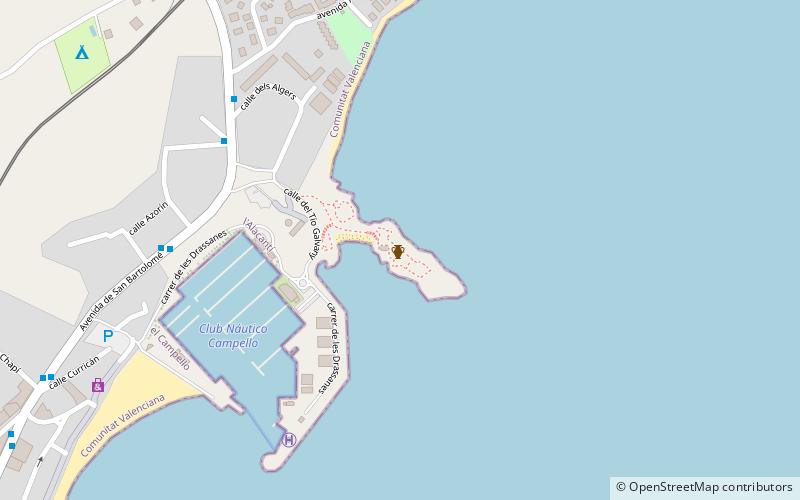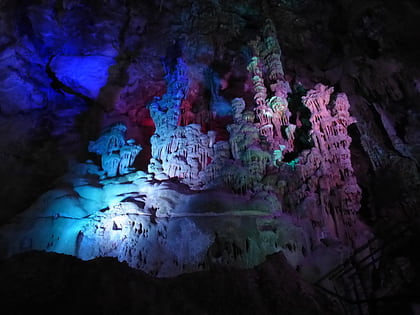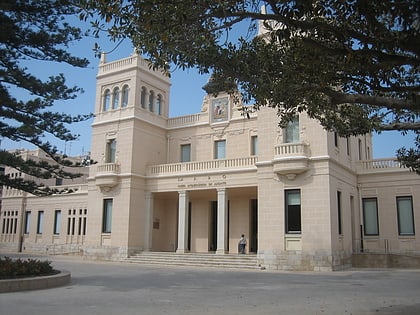els Banyets de la Reina, El Campello


Facts and practical information
La Illeta dels Banyets whose period corresponds to the Bronze, orientalizing, ancient Iberian, full, imperial Roman, is an Asset of Cultural Interest that is located in the municipality of Campello.
La Isleta ceased to be an island in 1944 with the construction of an isthmus of land by means of a blasting that destroyed part of the site, however, until the Middle Ages it was, as it is now, a small peninsula.
The site shows signs of occupation since the end of the third millennium B.C. It was occupied again during the Bronze Age. In the 5th century B.C. it was populated by members of the Iberian culture, highlighting a certain productive activity, with facilities for the transformation of agricultural products and for the preservation of fish. The Iberian settlement was abandoned in the 3rd century B.C. and the place remained uninhabited for three hundred years. In Roman times, on top of the Iberian and prehistoric ruins, an agricultural village was built with small thermal baths. From this period are some rafts at the southern end and north of the islet, connected to the sea, interpreted as a fish farm where fish were bred; these constructions give the name of the Baños de la Reina to the area of the site, because according to popular imagination they were the baths of a Moorish queen. The last period of occupation of the Isleta is Islamic from the 11th century.
Of great interest are the floors of the two temples, one of Semitic tradition, the other Latin. Materials consisting of imported ceramics, luxury ware of Punic and Italic origin and from the workshop of Rosas. The material remains allow us to estimate the beginning of the Iberian settlement around the middle of the 5th century BC, with a moment of splendour in the 4th century BC, and the end of the occupation in the 3rd century BC. Later there was an occupation in the Imperial Roman and Arab periods, until its abandonment probably in the 11th century. Prior to the Iberian period an occupation in the Bronze Age was documented.
Since 2006 there have been initiatives to transform it into an archaeological park and return it to being an island separated from the land by a wooden footbridge, thus allowing the flow of water.
El Campello
els Banyets de la Reina – popular in the area (distance from the attraction)
Nearby attractions include: Canelobre Cave, Archaeological Museum of Alicante, Family Park, Centro Cultural Las Cigarreras.






